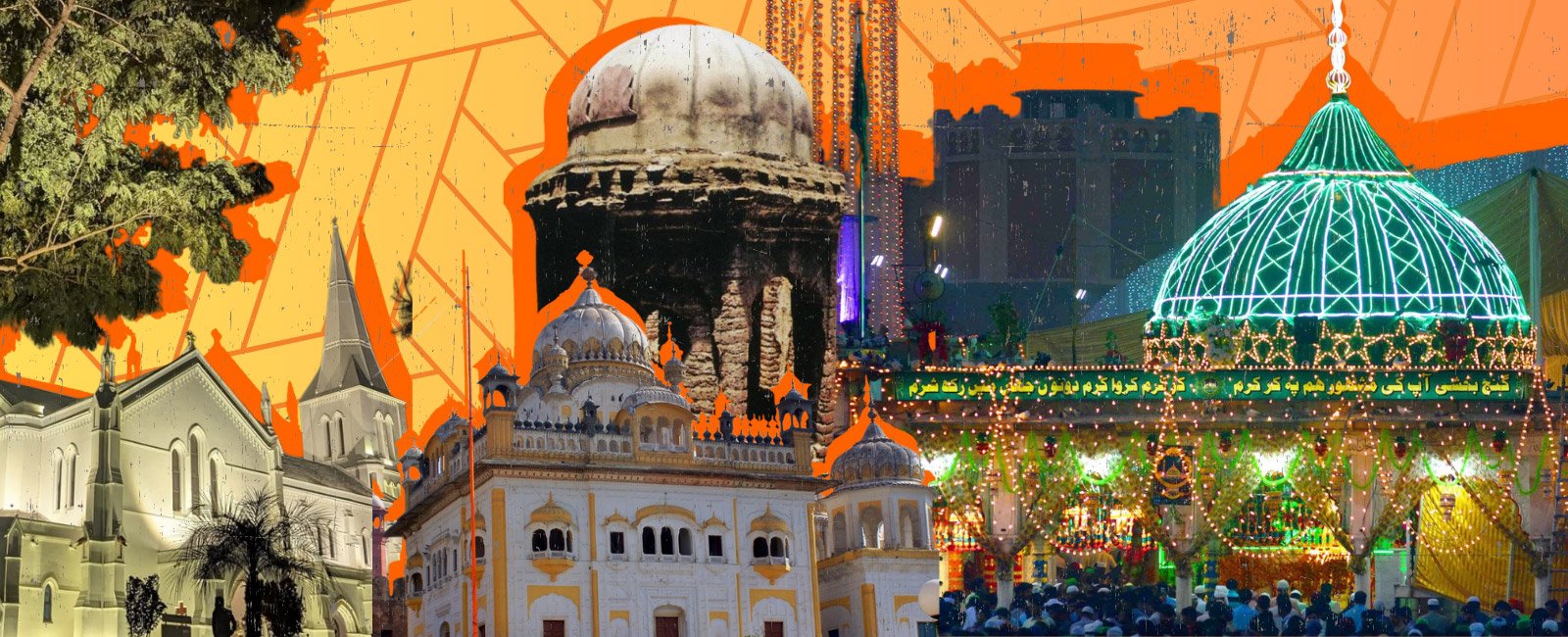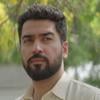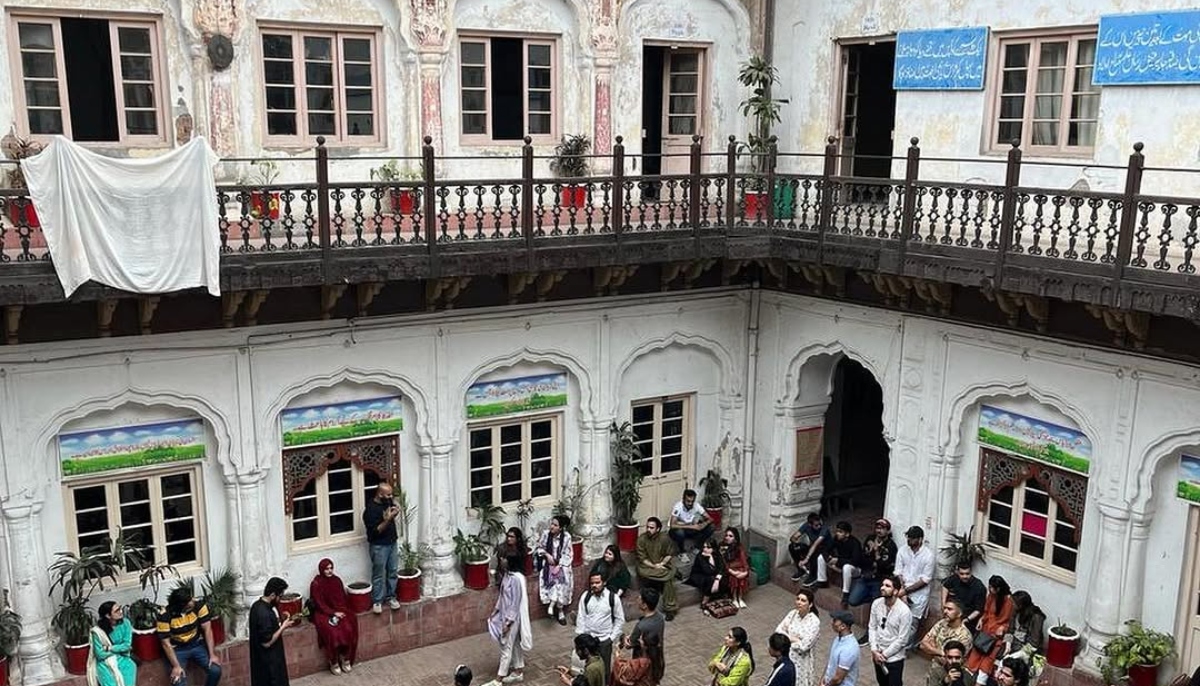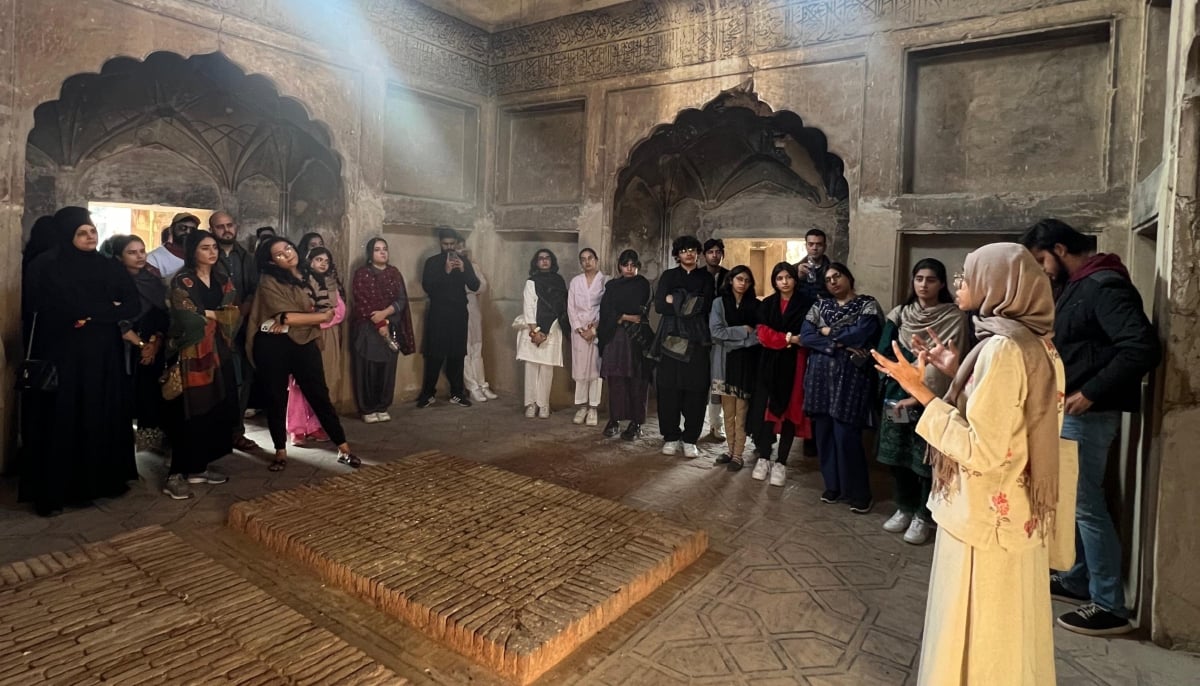Beyond the walls in Lahore
I have learned that Lahore's true story is not written in headlines; it is etched in the hearts of its people

As a seven-year-old, I remember my grandfather holding my hand, navigating the old, narrow alleys of Mochi Gate in Lahore to reach the Muharram procession late at night. On the way, we passed a mandir and then a gurdwara before finally crossing the heavily policed barricade and entering the Zuljanah procession. In most trips, I've made to Androon Lahore (the walled city), during Muharram and otherwise, I recall being surprised at seeing buildings and sites that I didn't know anything about.
A gurdwara (a Sikh temple) in the middle of a busy cloth market, imambargahs rising unexpectedly from commercial buildings, abandoned Jain community centres tucked away in neighbourhoods, mandirs (Hindu temples) hidden behind shops, and so much more. I questioned why I didn't know of these sites before.
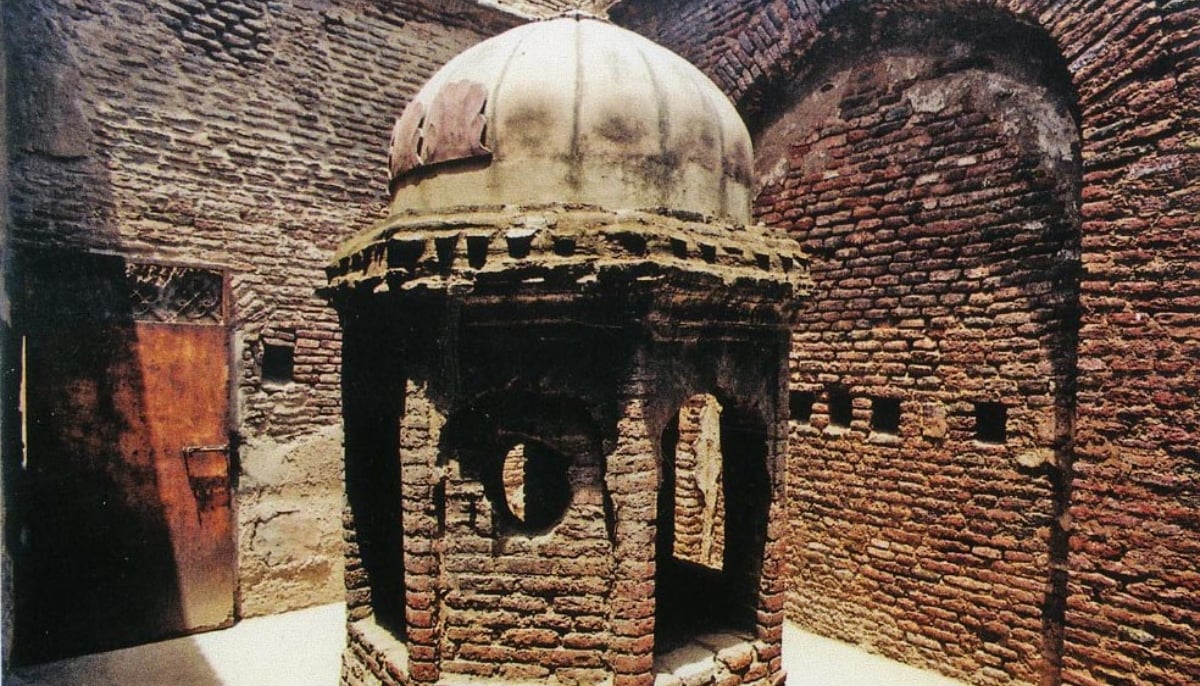
Lahore has many names. The cultural heart of Pakistan, the Paris of the East, the city of gardens…. This city is a melting pot for many religions and diverse people.
The first few pages of a Google image search for Lahore may feature only iconic sites like the grand Badshahi Mosque, the beautiful Masjid Wazir Khan, or at most, the Lahore Fort. However, the city's personality extends far beyond these landmarks.
Among the many sites are the Hindu houses of Krishan Nagar, the gurdwara of Chuna Mandi, the cathedral on Mall Road, the mansions of Gawalmandi, Henry K’s churches, the samadhis (tombs) of Sikh kings, shrines of saints, Parsi buildings, havelis now serving as imambargahs, and the last resting place of Bibi Pak Daman, along with hundreds of others. They may not appear on the first page of a Google search, but in reality, they depict all that the city holds within.
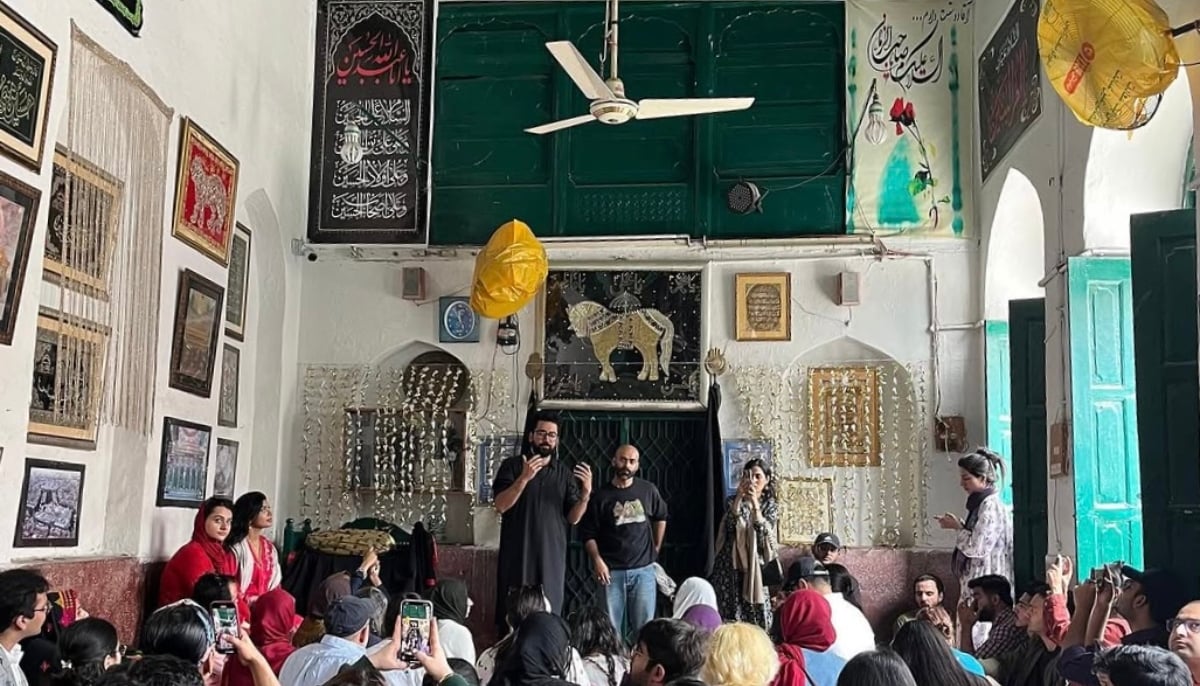
Among the stories that we now hear, the foremost happen to be about violence and hatred. Ethnic cleansing during partition, burning and demolishing of places of worship, mob violence, and discrimination top the list. But the challenge is, that when the only narratives that we share are of hate, we form a limited view of the city. These are the records that are documented in reports, news, and articles. What about the millions of accounts of times when people weren’t violent and lived in harmony?
The narratives of ordinary people who continued to coexist peacefully and cordially with their neighbours, friends, and families? I question how many reports of peace and harmony made it to the news in the same way as the narrations of hate and violence.
What about the stories of Sikhs and Hindus setting up sabeels (water stands) for Muslims during Muharram, the Gurdwaras of Lahore serving food to all, regardless of religious background, or the Chehlum procession of Imam Hussain and the urs (anniversary of a sufi saint's passing) of Hazrat Data Ganj Bakhsh Ali Hajveri Sahib taking place side by side?
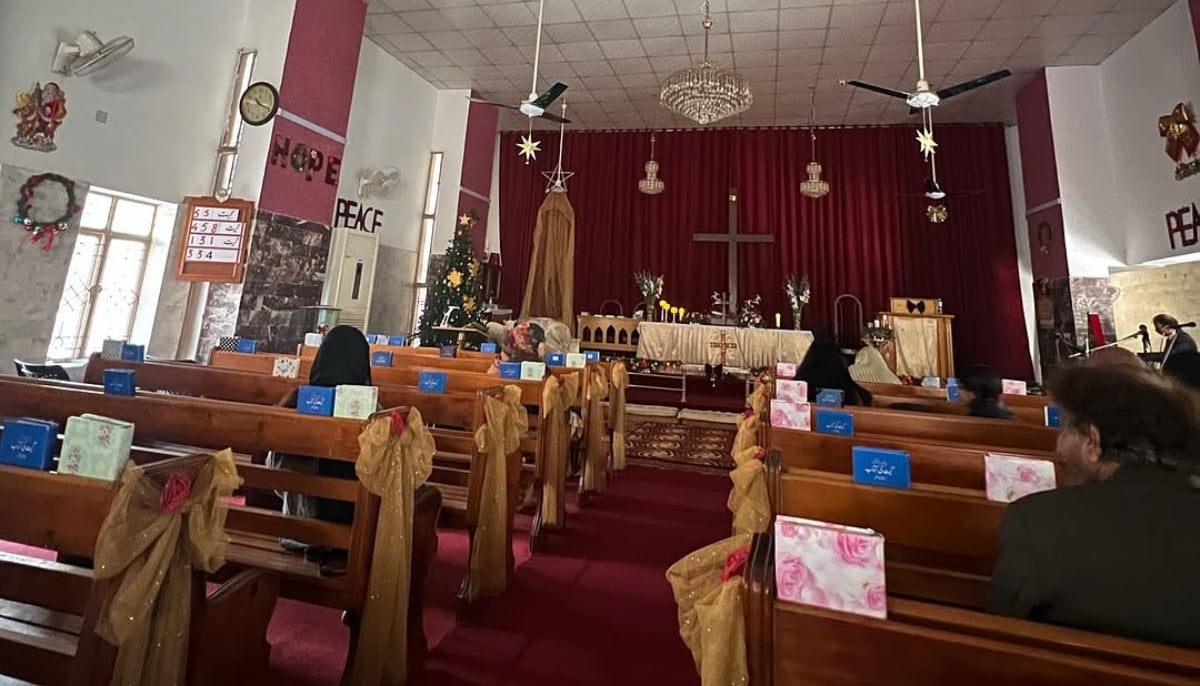
Then there are Christmas celebrations attended by thousands of Muslims, the Rajab niaz (offering of free food) open to everyone, Sikhs providing iftar at their own expense in Liberty Market, and countless acts of compassion and harmony that rarely make it to the news. The most renowned baker of Christmas cakes and Easter goodies is a Muslim in Anarkali. The craftsman, most famous for building ornate wooden replicas of sacred structures for Muharram processions, is a Sunni Muslim from Lohari Gate.
Thousands of Sikhs regularly visit the Shrine of Hazrat Mian Mir, who laid the foundation stone of the Harmandir Sahib (Golden Temple) in Amritsar. During Muharram, many Hindu and Sikh families grieve for the martyrs of Karbala and participate in mourning observances.
Dozens of Christian families visit the Babul-Hawaij Imambargah near Mochi Gate, one of the thirteen gates of the walled city of Lahore, every Wednesday. These are narratives that will never find their way to the media, the public eye, or the ears of the masses. None of them negates the violence or hatred that does exist in the city, but I question: What kind of city do we think we know if these stories are missing?
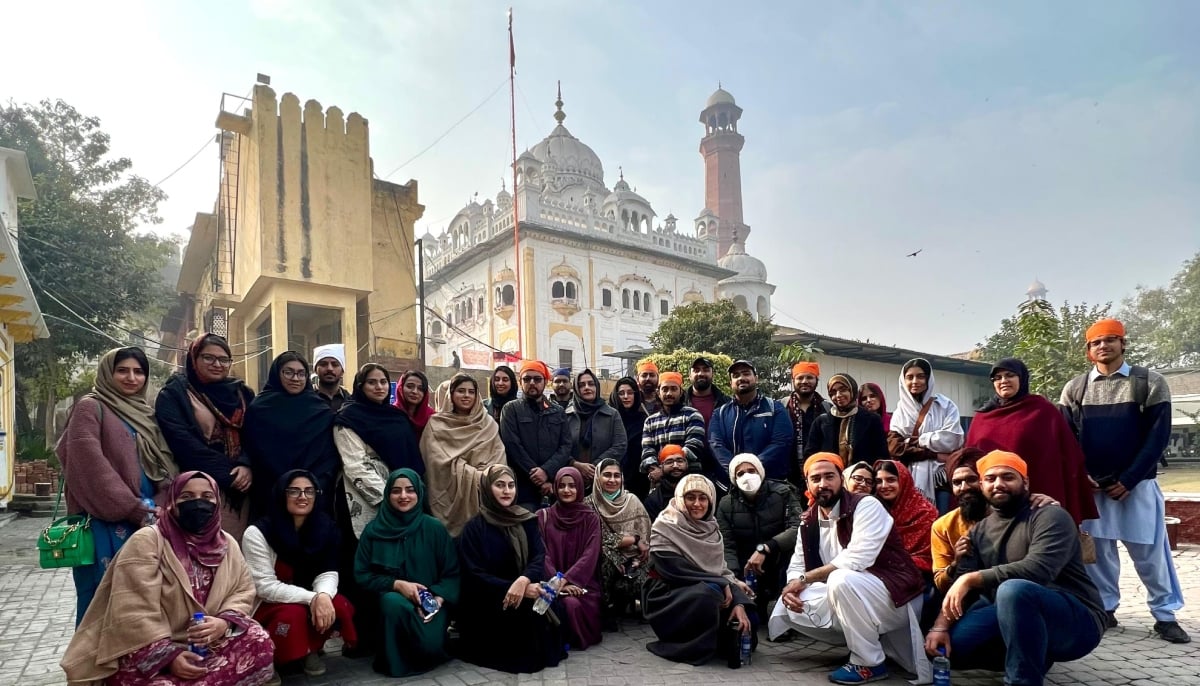
After more than a decade of living in London and Boston, I moved to Pakistan in 2021. Along with two of my friends, I explored neighbourhoods and vicinities of Lahore that don't typically appear on the internet. We listened to the stories of people, their narratives, and oral traditions. We sat with elders, women, and men, listening to the history of communities passed from one generation to another.
None of these raw narrations were in my school curriculum. Many anecdotes about these normal people and their normal lives beyond politics warmed my heart. All these accounts of coexistence, acceptance, love, and mutual respect gave birth to Lahore ka Ravi, a social enterprise born out of this desire to share the stories of the city that I couldn't hear growing up.
Understanding the city beyond the royal Lahore, exploring the perspectives of its people. Discovering the city's diversity and richness in its neighbourhoods and alleyways. For every report of violence and hate, there are countless chronicles of warmth and compassion. It is through these stories that I've come to know the real Lahore, a city brimming with resilience, generosity, and an unwavering spirit of compassion. Where strangers open their hearts and homes to feed others. Where steaming cups of chai (tea) are offered to those you've just met, a gesture of hospitality as old as the city itself. Where langars (community kitchens) serve free food to anyone, irrespective of their background or belief. Where children of all faiths and families play together in the streets.
I have learned that Lahore's true story is not written in headlines; it is etched in the hearts of its people. It is in the shared laughter, the helping hand, and the quiet moments of connection that come to pass every day. These are the stories I choose to see, the stories that give me hope, the stories that reveal the true heart of a city that, despite everything, feels like home.
Ghazi Taimoor is an adjunct faculty at LUMS and the founder of Lahore ka Ravi, a storytelling educational initiative. He posts on X @ghazi_taimoor and Instagram @ghazitaimoor
Header and thumbnail image by Geo.tv



